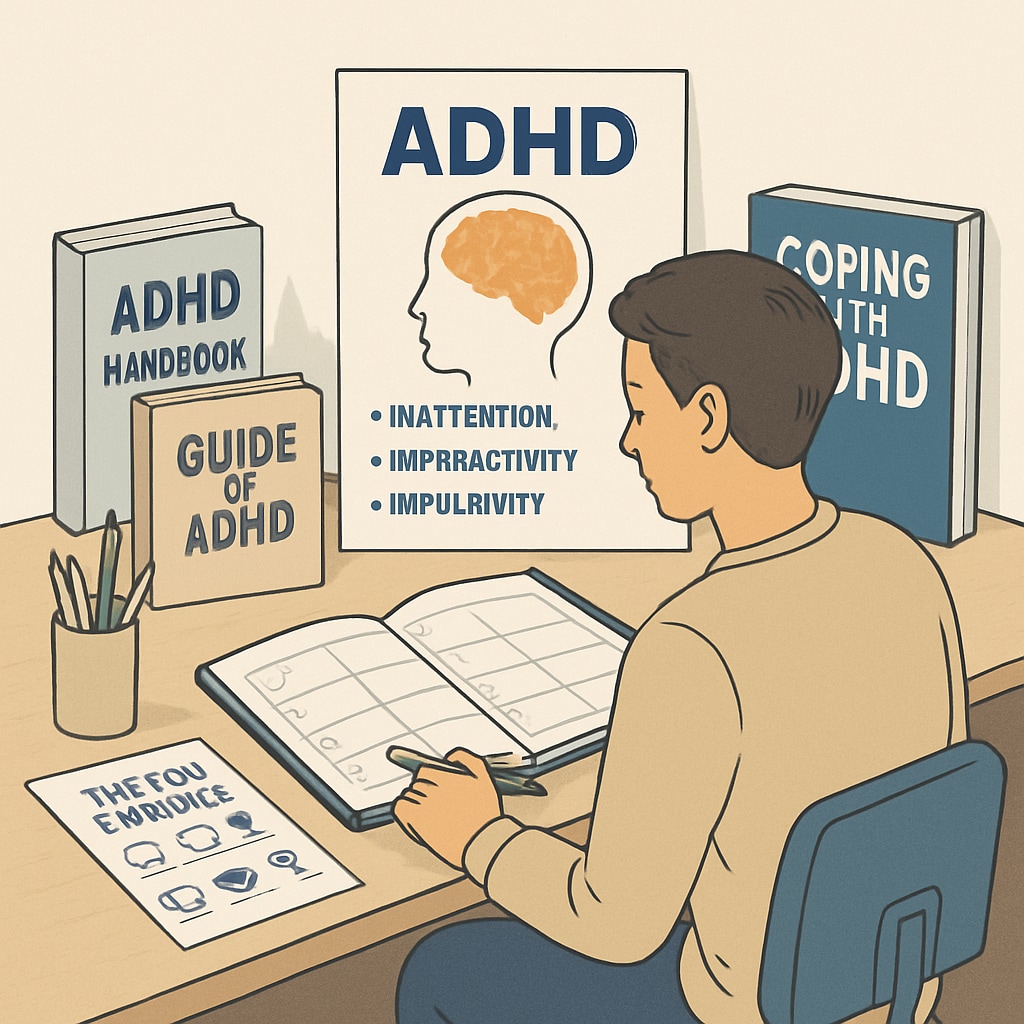For high school students with ADHD, falling behind on credits can feel like an insurmountable challenge. The combination of academic demands and the unique struggles of managing ADHD can lead to significant setbacks, including severe credit shortages. However, with a structured approach and ADHD-friendly strategies, it is entirely possible to recover credits, stay on track, and graduate on time. This guide will walk you through proven methods for regaining control over your academic journey, utilizing school resources, creating personalized learning plans, and mastering time management.
Understanding Credit Shortages and ADHD Challenges
High school credit shortages occur when students fail to complete the required coursework within the planned time frame. For students with ADHD, issues like difficulty focusing, procrastination, and time mismanagement can amplify the risk of falling behind. Recognizing the root causes of these challenges is the first step toward addressing them. ADHD-friendly techniques, such as breaking tasks into smaller steps and incorporating regular breaks, can help students tackle their workload more effectively.

Step 1: Assess Your Credit Needs
Before embarking on a recovery plan, it’s essential to determine how many credits you need to graduate. Schedule a meeting with your school counselor to review your transcript and identify missing credits. This discussion should also include an analysis of required courses versus electives to prioritize your efforts effectively.
Here’s what you can do during this assessment:
- Request a detailed graduation requirement checklist.
- Identify any courses that can be substituted with credit recovery options.
- Explore summer school, online courses, or dual enrollment opportunities.
Having a clear picture of your credit needs will allow you to create a realistic plan tailored to your situation.
Step 2: Utilize School Resources
Most schools offer a variety of resources to help students recover credits. These include credit recovery programs, tutoring services, and special accommodations for students with ADHD. Be proactive in seeking out these options and advocating for your needs.
Consider the following resources:
- Credit recovery programs: These are often accelerated courses designed to help students make up for lost credits.
- 504 Plans or IEPs: If you have a formal ADHD diagnosis, ensure your accommodations are being implemented to support your learning.
- After-school tutoring: Many schools offer free or low-cost tutoring to help students catch up.
Communicating openly with teachers and administrators about your ADHD-related struggles can also ensure you receive the support you need.
Step 3: Create a Personalized Learning Plan
An organized plan is critical for managing ADHD symptoms while recovering credits. Start by creating a weekly schedule that includes time for schoolwork, breaks, and extracurricular activities. Use tools like planners, apps, or visual timers to stay accountable.
Here are key elements to include in your plan:
- Prioritize tasks: Focus on high-credit courses or graduation requirements first.
- Set short-term goals: Break down coursework into manageable chunks to maintain motivation.
- Incorporate rewards: Use small incentives to celebrate task completion and stay motivated.

Step 4: Master ADHD-Friendly Time Management
Time management is often a significant hurdle for students with ADHD. Techniques tailored to ADHD can help you make the most of your study sessions and avoid procrastination.
Here are some ADHD-friendly tips:
- Use the Pomodoro Technique: Work for 25 minutes, then take a 5-minute break.
- Eliminate distractions: Study in a quiet environment and use apps to block social media.
- Set clear deadlines: Break assignments into smaller tasks with specific due dates.
By implementing these strategies, you can ensure that your time is used effectively, reducing stress and improving productivity.
Step 5: Stay Motivated and Seek Support
Recovering credits can be a long and challenging process, but staying motivated is key. Surround yourself with supportive friends, family, and mentors who can encourage you along the way. Additionally, remember to celebrate small victories, such as completing a course or passing a test.
Finally, don’t hesitate to seek professional help if you feel overwhelmed. ADHD coaches and therapists can provide valuable guidance and coping strategies to help you stay on track.
In conclusion: While high school credit recovery may seem daunting for students with ADHD, it is entirely achievable with the right strategies. By assessing your credit needs, utilizing school resources, creating a personalized plan, mastering time management, and maintaining motivation, you can overcome academic setbacks and graduate on time.


